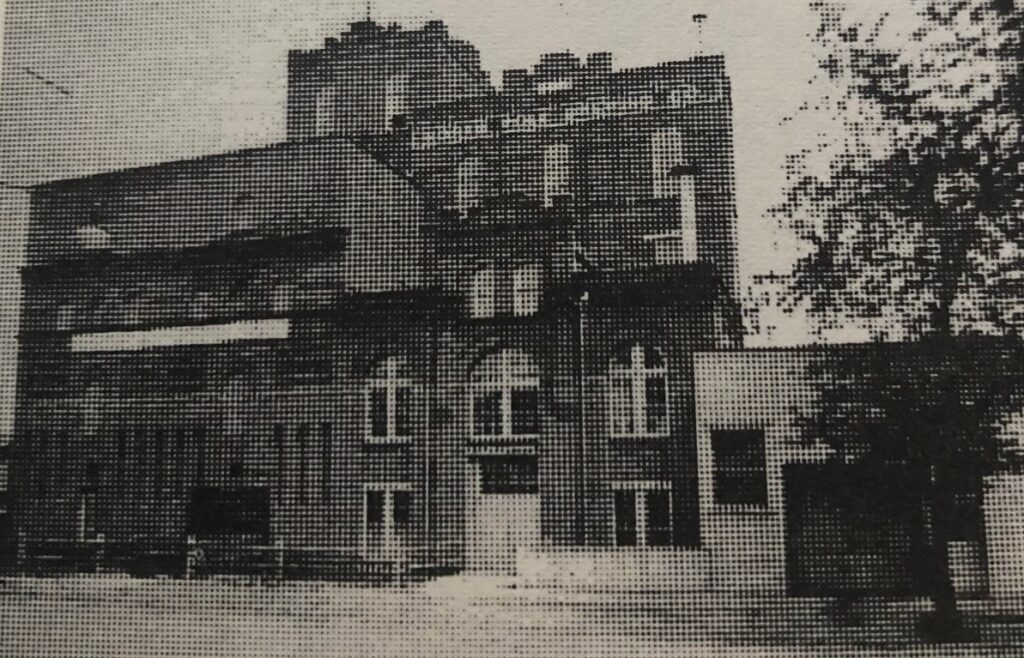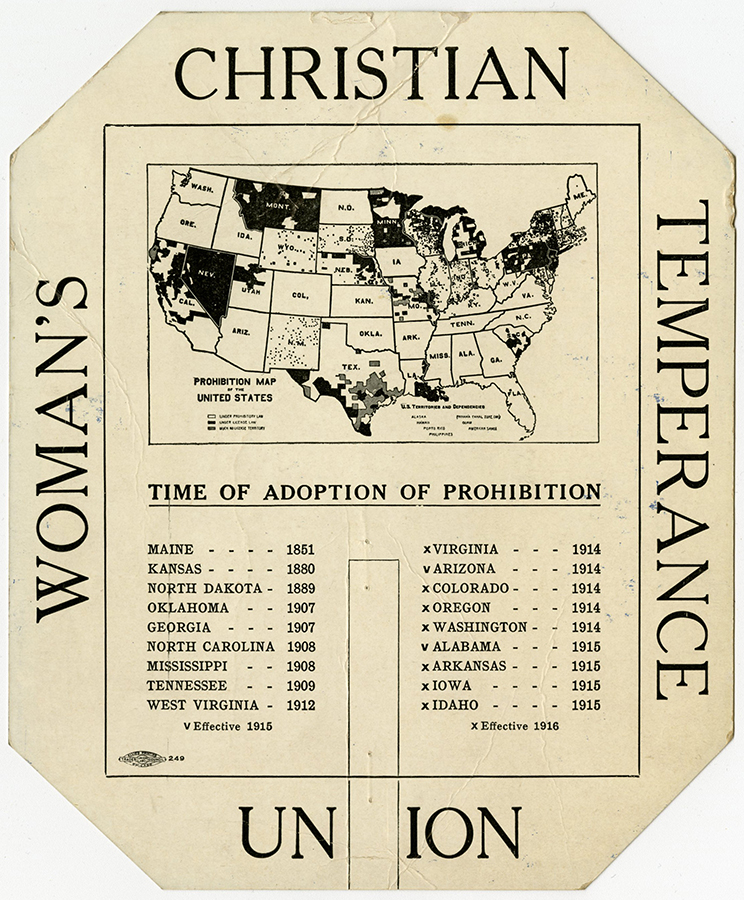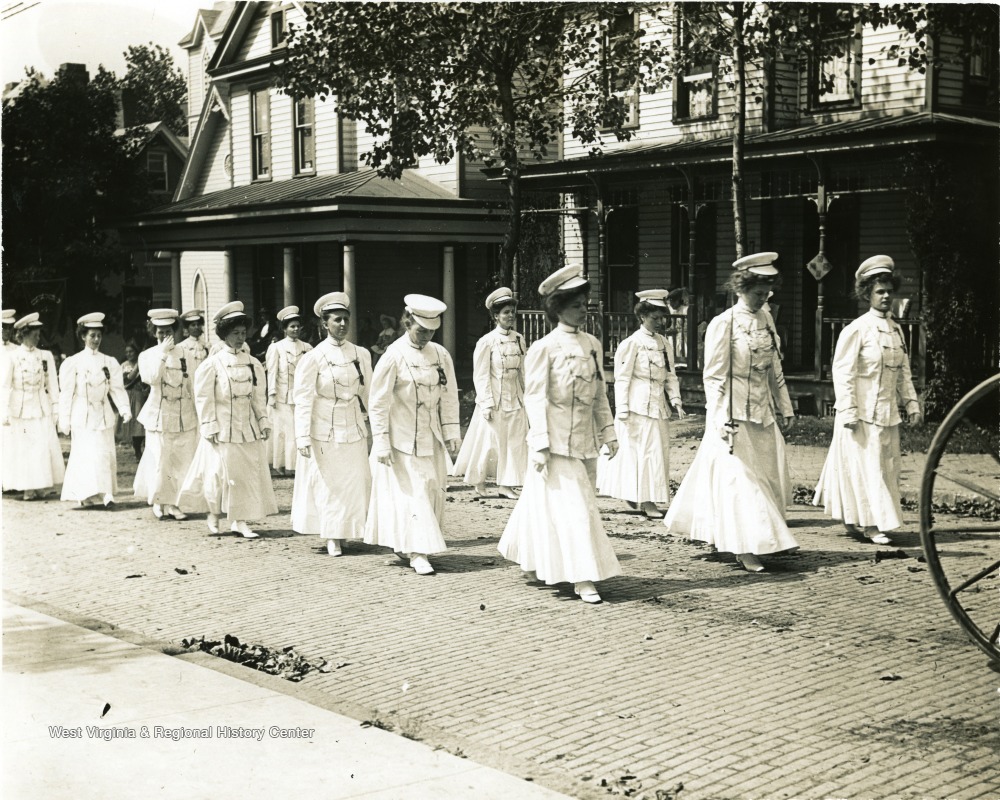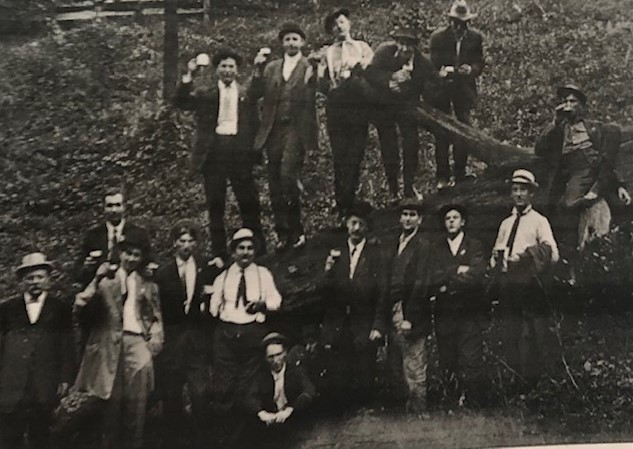
It was a young area when Fairmont, W.V., was incorporated in 1843. Farmers mostly held the town together, and making a great city was on everyone’s mind. People, men, and women, worked hard. When the weekend came, what did they do to relax and blow off some steam? Church was always at the center of any town. Fairmont was no exception. That is where you went to pray for a good crop, maybe, see your neighbors, have a picnic after the sermon, or cool off at an ice cream social on a hot afternoon.
Fairmont was growing, and along with that growth came another way to relax and blow off steam, the forbidden use of moonshine, an intoxicating liquor using corn to make whiskey. During this period, many people manufactured their own using stills. A still is an apparatus usually made from spare metal products in the production of moonshine. Many families had their own still and kept the yields for themselves, yet others decided a little extra income could be made from the spirits they produced.
If you want to read more about moonshine and stills in the early 1900s, visit https://moonshinestillplans.com/guides/vintage-moonshine-stills.htm.
Leading citizens of the town, good church-going God-fearing people would often times partake of a little for “medicinal” purposes. Liquor seemed to be available when needed at a price.
Breweries were starting to enter the business market in larger cities around 1896, such as Pittsburg, Pennsylvania, a city to the north of Fairmont. Promoters from Pittsburg came to Fairmont after many discussions and finalized the plans for the building of a brewery. This would happen around 1898.
The part of town picked for the brewery was on the corner of Fifth St. and Virginia Ave. This was on the west side of town. The next order of business was to accept bids for building construction. Many bids were placed; the lowest was for 150.000. none was excepted. Finally, 125.000 was, and the ground was broken in 1899.
Opening day for the newly named Fairmont Brewery Company was on Aug 29, 1900. The public was invited from 10-4 to an open house to showcase the new business. The building was made to be fireproof by the use of brick, stone, and iron. In that era, many buildings were built of wood and burned easily.
The building materials would prove to be a blessing in 1901 when an ammonia tank would explode, and the force from that explosion would damage the machines used in the production of beer. It was found that the cap had blown off the ammonia compressor spilling 300 gallons of ammonia into the engine room. If it took too long to repair the compressor, 48,000 gallons of beer would have been ruined if it gets too warm. It cost the company 2,400.00 in lost ammonia.
Furthermore, no one could get within a hundred feet of the building because of the noxious odors. Samuel Simmons, the assistant engineer, was sent to Cook Hospital with burns and lung problems from inhaling the odors. Thank goodness they had insurance.
This was just the start of the many challenges and legal problems the brewery would face. Most of these battles would lead to the closure of this establishment.
The women of this era were not happy with the fact that a brewery had been built in the city. Many thought it a sin and the downfall of Christianity. The Women’s Christian Temperance Union chapter, or W.T.C.U as they called themselves, would try their best to shut the brewery down.

A meeting was held at the local Methodist and Episcopal Church in November 1902. The W.C.T.U’s purpose was to create a “sober and pure world” through abstinence, purity, and evangelical Christianity. The constitution of the WTCU called for the “entire prohibition of the manufacture and sale of the intoxicating liquors as a beverage.” Its members were inspired by the Greek writer Xenophon, who defined temperance as “moderation in all things healthful; total abstinence from all things harmful.” In other words, should something be good, it should not be indulged into excess; should something be bad for you, it should be avoided altogether — thus, their attempts to rid society of what they saw (and still see) as the dangers of alcohol.
This organization was large, well-known, and widely followed. They wanted to have people stop patronizing the establishment. The Fairmont Brewery Co was growing. The town was considered a good convention city because of its luxury hotels and restaurants. The brewery was an added bonus because it supplied all the alcohol for these establishments. They also branched out and opened a distribution center in Morgantown, W.V. The WCTU could not have this. They had marches thru town when conventions were going on, and you couldn’t miss them because they always wore white as a sign of purity. Pamphlets and fliers were posted around town telling of the abomination of liquor. They pleaded that when alcohol is present, we get prostitution, gambling, and stealing. The root of these terrible social problems was LIQUOR! They felt that the Fairmont Brewery Co. was the stem from which the root cause came.

With the WCTU always in their path, the next demanding obstacle coming at them was a lawsuit in Morgantown. This is what the suit was about. In 1902 the brewery sought a permit to build a “Feed Store” in South Morgantown. It was granted, and business went well for a while. Why would a brewery want to run a feed store? It was a front for them to run moonshine out of. Every week the brewery would bring up a truckload of product and sell it out the back of the feed store, plus personal “Distributors” from around the area would sell to workers on credit and then, on payday, would send a company man around to collect.
Here is one such story. Karl Norcross was the collector for the brewery in the Weston, W.V. area. The company was growing in leaps and bounds. He had been sent to collect the payday money owed to the company, which was around 35.00. Not noticed by the accountant at the company, Norcross had been skimming off the top, or so they thought. Not taking much at any one time, but when later found was around 20.00. He disappeared. His trunk was found packed at his hotel, but no Norcross. They even dragged the river near Weston, and no body was ever found. Some think he ran off, and some feel he was dealt with another way. Maybe someone didn’t want to pay up. He was never heard from again. This added to the fuel for the WCTU. Violence was an act when consuming alcohol.
The trial of Morgantown vs. Fairmont Brewery Co. was a short one. It was found that the brewery was conducting an alcohol-based business out of an unlicensed property for this purpose. The brewery did not even fight the decision and informed the city that they would construct a building outside of the city limits and conduct their company there. They would eventually have the same type of trials in Wood County, W.V., and in Wheeling, W.V. The decision in each found them guilty and shut them down. This was a win in the WCTU’s book, yet they still struggled to get them shut down in Fairmont. It was coming.
The brewery’s next trouble started when Kate Lemasters was arrested for selling illegal liquor door-to-door in her town of Enterprise, WV. It was shown that the Fairmont Brewery Co. was taking three or more carloads of liquor and beer to her house each week, where she was selling the product to customers. Meanwhile, an agent of the brewery would come around later and collect the money from the sales. If the owners of the brewery and Kate Lemasters were found guilty, they would each be fined Five Thousand dollars and two years in jail.
Judge A. E. Dayton, who was over the hearing, thought that a state and federal investigation was in order with the evidence presented. District Attorney E. M. Showalter was taking careful notes and decided to investigate the brewery further.
The D.A. looked at the statistics of arrests for being drunk before the brewery and after the brewery, and the figures didn’t lie. With the operation of the brewery, arrests almost tripled. Fairmont Brewery Co. had its license revoked. That was the only outcome of the investigation. That was terrible news for the brewery but great news for the WCTU.
The Fairmont Brewery Co. went on to get a wholesale license to sell to other businesses. They were not allowed to sell to saloons and definitely not to individuals. They also supplied any business or person with all the ice they needed. The brewery shut down in 1914. With all the WCTU did to try and shut the brewery down, they only had to wait on the brewery itself.

Thank you for coming on another journey with me unto the history of Marion County, W.V. If you could leave a comment below and tell me what you like or what I could do to improve the blog, I would appreciate it. Your feedback really helps!
Remember: History is the spine of America. We will collapse and fall if we do not learn and lean on it.

Great story. In the future if you could show a street map of the city where these spots are located that would be interesting.
Thanks for the comment Paul. That would be sort of hard sometimes because locations have changed over the years and street names have changed,but I will try when I can.